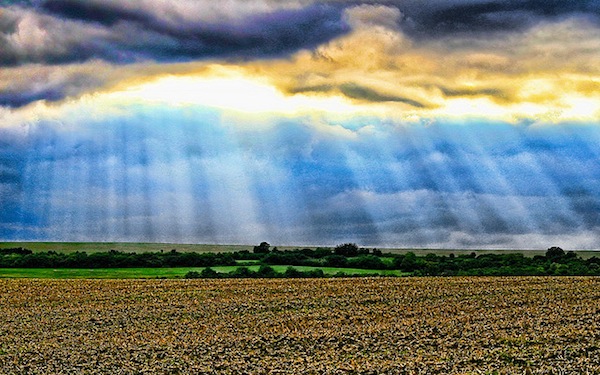Make best use of the Rule of Thirds
When framing a nice landscape, you should take your time and arrange your camera exactly the way you want, so you can get the best picture out of the object/landscape you’re shooting. The “rule of thirds” basically means that you place objects in your pictures along imaginary lines that divide the frame into nine equal parts. So you should for example place the line of horizon that divides the scenery from the sky in your picture either on the imaginary line in the upper or lower third.
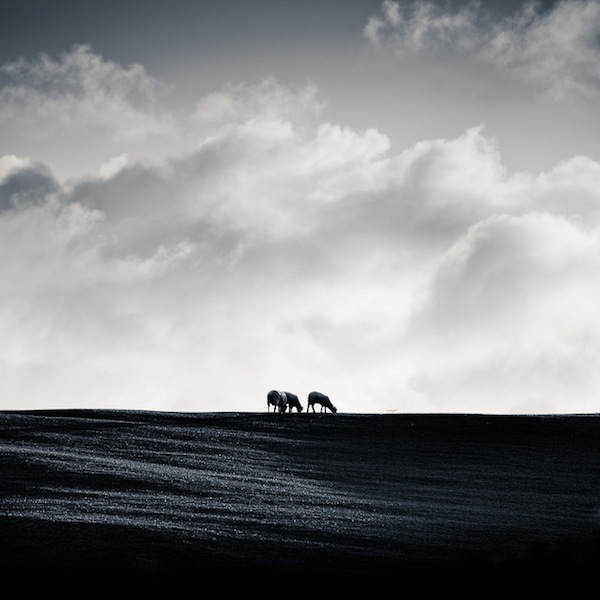
Try to place a foreground object
The human eye is used to search for an object that functions as the “center of interest” of a picture, when looking at landscape photography. By having such an object in the foreground, we can put what we see in relations (regarding size and distances) and are more at ease looking at the picture. For best effect, also use the “rule of thirds” here, move the object out of the center and more towards the sides.
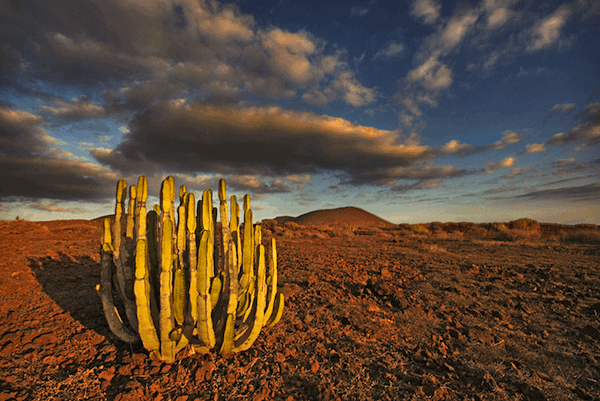
Find interesting geometric formations in nature
Structures tend to catch the viewer’s attention more than just a bland landscape where they don’t really know what to focus on. A very common structure is for example the “Lazy S”, which often occurs in rivers that run out of sight in an S-shaped form. This S-form provides the viewer with a line along which to look at the picture and in a way draws the viewer’s eye into the scene along the river’s shape
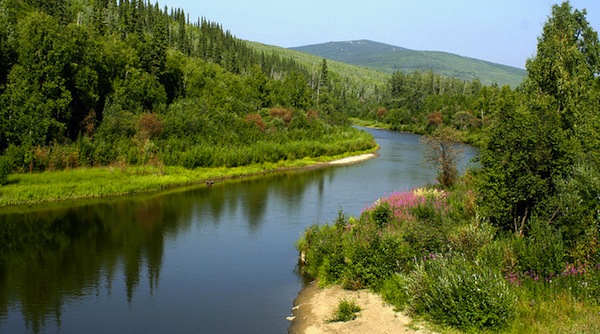
Use a tripod
This one would maybe strike you as an obvious tip, but it surely isn’t one that you should neglect either. A tripod helps you in several ways to get the best out of the landscape you’re shooting. You naturally concentrate more on the framing as the tripod provides you with the sturdiness you need to slowly arrange your camera, whereas handheld landscape pics often give the impression of a snapshot. Also it helps you to take better pictures in low light settings, and take advantage of interesting lighting in general (see below).
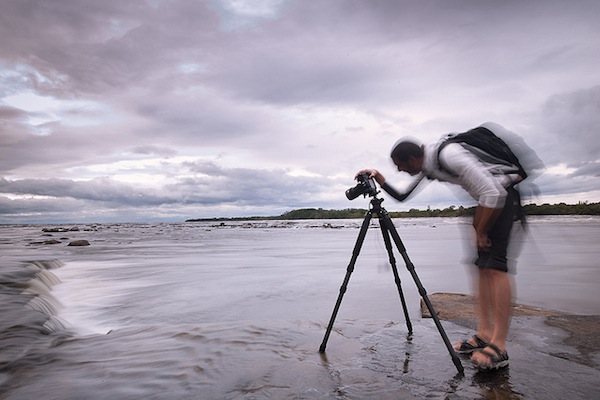
Use a small aperture to create interesting light effects
Smaller aperture (big f-stop number) decreases the amount of light that goes through your lens and hits the sensor (or film) of your camera. Thus light that originates from outside the scenery that you are shooting wouldn’t interfere with the rays of light inside the scenery. That means that the rays of light inside the scenery can appear in layers when for example passing through clouds. The smaller the aperture and ISO are, the better the results. Be sure to use a tripod to provide the needed sturdiness for a shot with very slow shutter speed. You might also want to use a lens hood to further enhance the effect.
